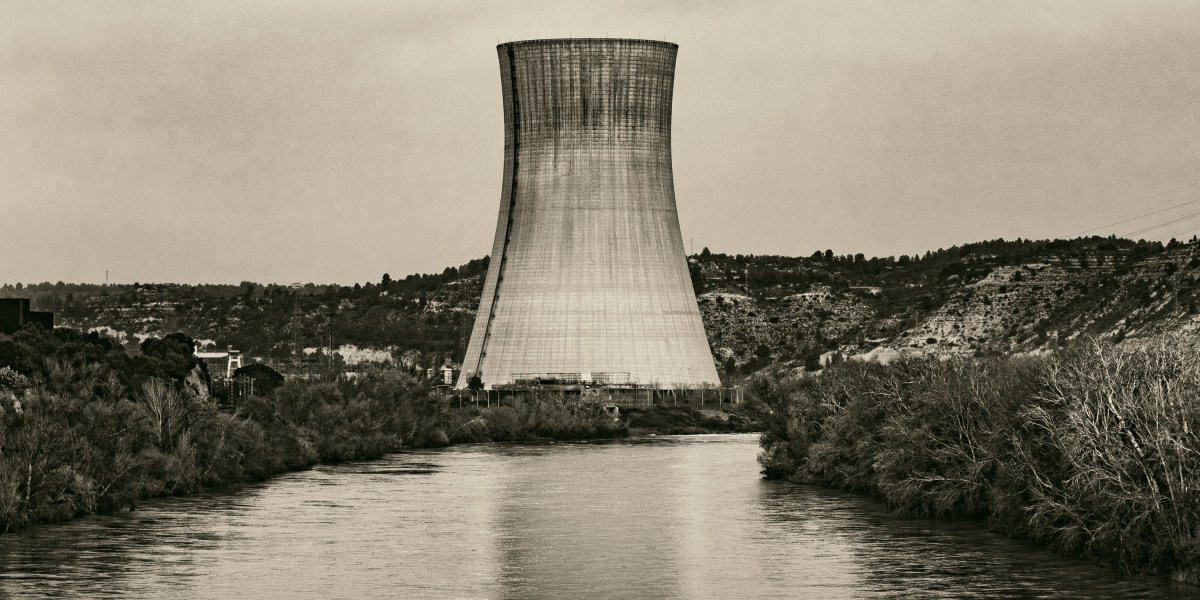EXPERTS have issued an urgent warning over a popular beach activity that could land you in A&E after a shocking image emerged.
Beach safety experts have issued a fresh warning to holidaymakers after shocking images of a six-foot-deep hole emerged – a potentially deadly pit that could have ended in tragedy.
2

2
The Polzeath Beach Rangers were horrified to discover the gaping hole left behind after children spent hours digging while their parents stood by, unaware of the risks.
The rangers, who described themselves as “shocked” by the scene, said the sand pit could easily have collapsed, causing serious injury or even suffocation.
The deep hole could have been a death trap, say the rangers, who warned that anyone falling in could have faced life-threatening injuries.
In a stark message shared on social media, Polzeath Beach Rangers said: “We are shocked that the owners of several children (3-4 feet tall) stood by for several hours as they dug this 6ft sand pit.
“Well done to the kids for their tenacity and physical endurance in digging a pit deeper than you stand tall. You’re not to blame in this scenario.”
They added: “Thankfully, the sand didn’t dry out, and the walls stayed firm enough for long enough to prevent a collapse followed by crushing and/or suffocation of the little people.”
The alert was raised by a concerned beach-goer after the children’s parents left without filling the hole back in – leaving the rangers to urgently refill it themselves with the help of other beach visitors.
Polzeath beach ranger Andy Stewart has urged families to think twice before letting their kids dig deep holes in the sand – a seemingly harmless activity that could end in disaster.
He said: “We would never ask people not to dig in the sand, but there are certain considerations to make.
“Sand, by its very nature, is unstable – particularly when it dries out. Digging deeper than waist-deep can cause a risk of suffocation and/or crushing.”
Stewart added: “If you, or someone you know, is digging at the beach, please make sure they don’t dig too deep.
“Fill the hole afterwards to prevent someone less able from falling into it – and remember the beach may still be busy after dark.”
The rangers also warned beach-goers to avoid digging where rescue services might need access.
They said : “We want people to come to the beach and have as much fun as possible – but safety must always come first.”
Rescuing someone from a collapsed sand hole is extremely challenging as it is unstable.
Unlike skiers in an avalanche, you cannot use your hand to form an air pocket because sand is a lot heavier than snow.
As people scoop away the sand to free the victim, the hole continues to collapse under their weight and re-fill with sand.
There are around three to five minutes to save a person trapped under the sand before they suffocate.
If ever someone needs rescuing after being buried in sand, the focus needs to be on exposing their mouth and removing sand from the top of their chest, the expert claimed.
Too many people crowding around the scene can cause more harm than good.
Instead, only two to three people should be focused on the victim while others work on clearing the sand away from the wider excavation area.
Sandhole collapses can happen suddenly and in situations that don’t seem dangerous.
Even shallow holes have been known to injure beach-goers, ruining their holiday.
Be sure to look out for holes on your next beach trip and fill them as soon as possible.
It comes after an alarming video showed tourists at a British holiday hotspot being ordered to leap from their ferry into the sea.
And holidaymakers heading across the channel this summer have warned of a fatal paralysing virus after cases were reported in Spain and Italy.
What to do if someon is trapped under sand at the beach
- Focus on exposing their mouth so they can breathe.
- Work on removing the sand from the top half of their chest to alleviate the pressure on vital organs needed for breathing.
- Only two to three people should be focused on the victim.
- The others should work on excavating the area around the victim.
- Call for Fire and ambulance emergency services immediately.
- There are around three to five minutes before the person trapped under the sand runs out of air.



